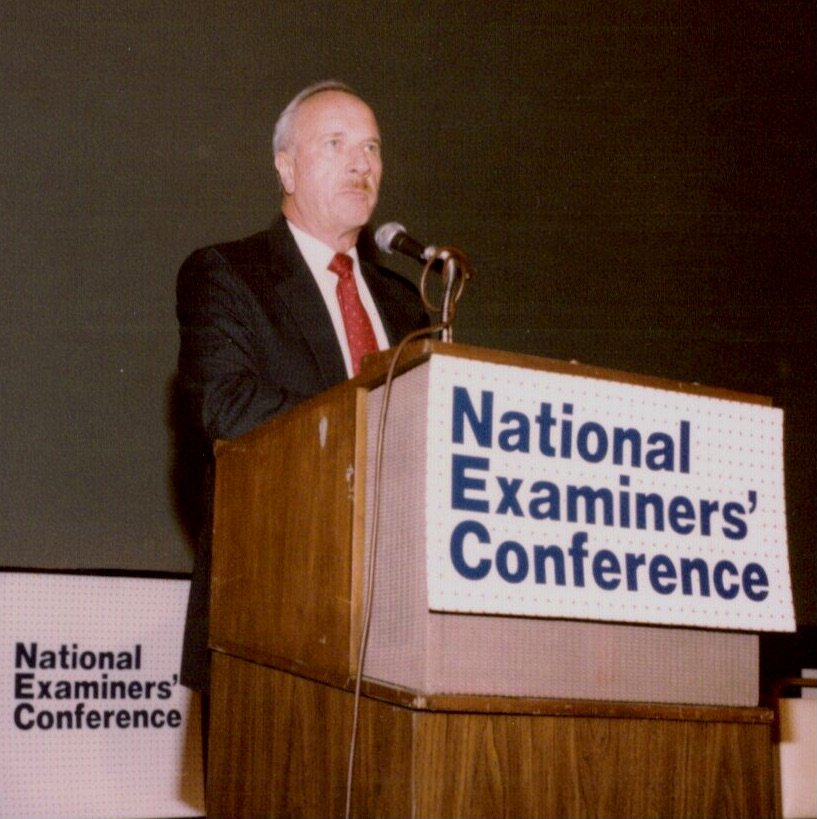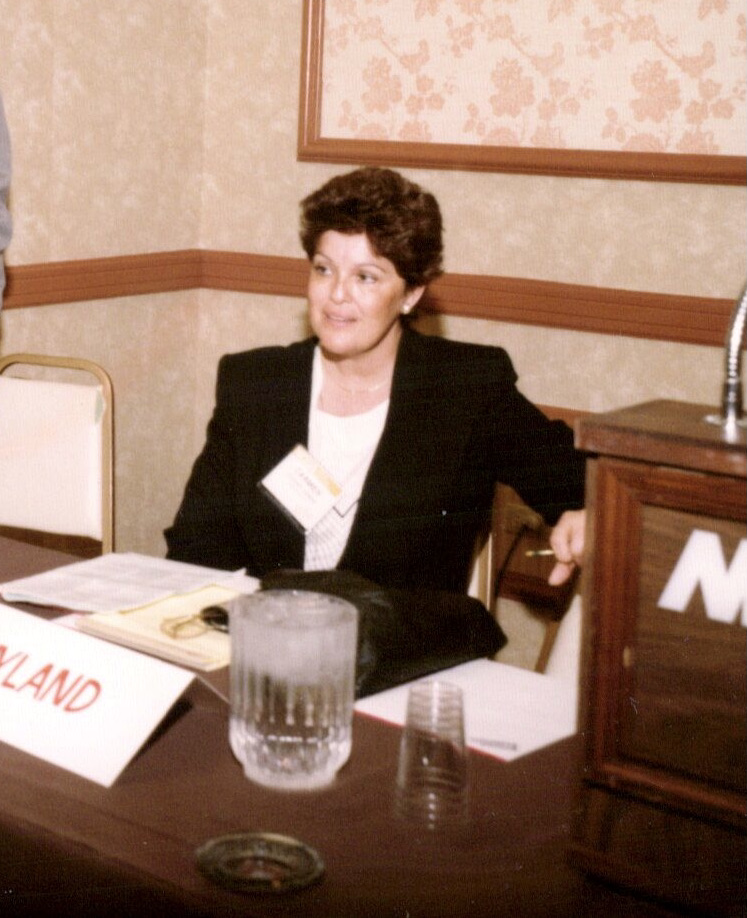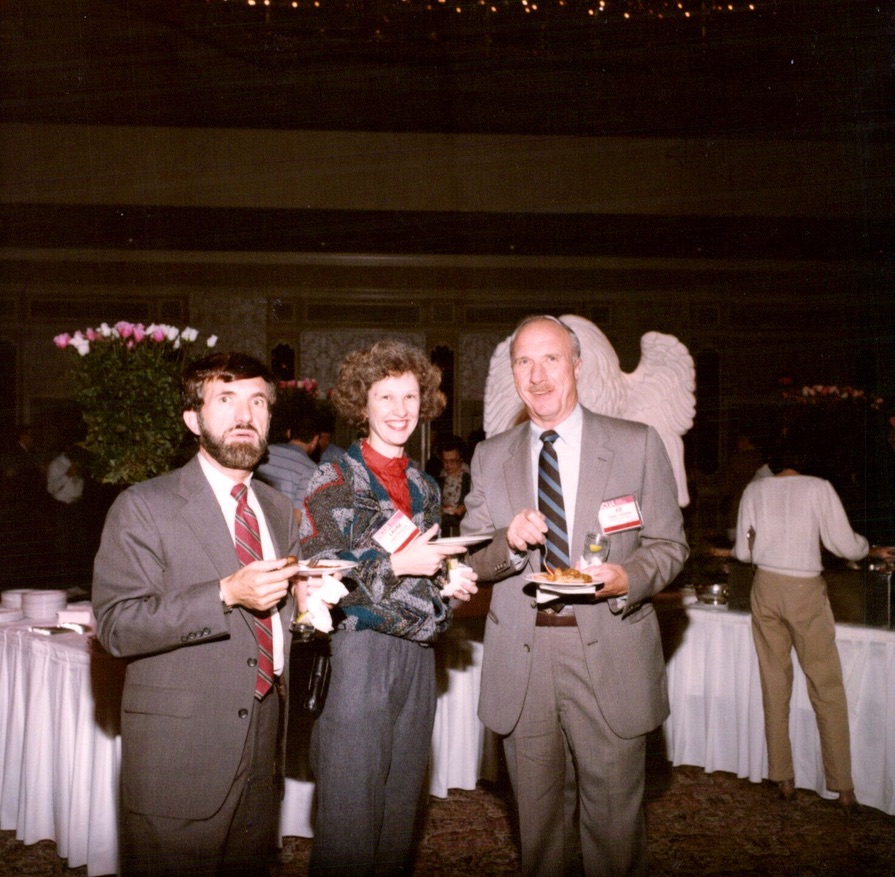Yesterday I received the following email signed by Patelco’s CEO Erin Mendez. It read in part:
Dear Charles,
As part of a member-owned credit union, you benefit from our commitment to your financial wellness. Our volunteer Board of Directors helps guide the credit union – and you can allow them to vote on your behalf, making decisions to benefit you. Our Board of Directors and senior leadership work together to guide Patelco and provide the best service and benefits for you.
To help things run smoothly, we use proxies, which give authority for the Board to represent your interests when they vote. (A proxy is a person you designate to vote for you at meetings. By designating a proxy, you allow that person – in this case, a qualified member of our Board of Directors – to cast votes on your behalf.)
Update Your Proxy Today
Clicking the update proxy link brings the following instructions:
Updating your proxy only takes a few seconds and remains in effect for three years. By updating, you will:
- Have your vote represented with no need to attend meetings
- Provide authority to our member-centric Board of Directors
- Allow qualified business people to look out for your financial interests, and those of all members
Your current proxy expiration date is 10/11/2023
My Concern with This Request
The email was sent from a no-reply@email.patelco address. This is a one-way message and recipients could not respond to the CEO’s signed request. Therefore I am taking this public route to voice my concerns about members transferring their basic franchise responsibility to incumbent directors.
Proxy voting is prohibited for federal credit unions. It eliminates the concept of the member-owners democratically (one-member, one-vote) electing their representatives. While a small number of states, like California, permit proxy voting in board elections, these statutes were passed before the 1934 Federal Credit union Act was in place. These initial coop governance models were lifted from existing mutual savings statutes that permitted proxies.
Proxies give existing leadership who already control the nomination process and the candidates selected, absolute control over director choice. Instead of empowering members, proxies further entrench existing directors. The process removes member-owners from any meaningful role in choosing their leaders. The unique democratic design of credit unions is rendered meaningless. Proxies shield directors from accountability to the coop’s owners via elections.
The Opportunity of the Annual Member Meeting
The annual meeting should be a celebration of member-ownership and institutional progress. Owner participation should be encouraged. Member voting is one of the ways this engagement is meaningful, not just a coronation. The second largest credit union in the country SECU NC has demonstrated that individual member voting is feasible in even in the largest coops.
Voting is a fundamental right of ownership. Credit unions should be leading examples of democratic governance. As the general public feels increasingly distrustful of elections and democratic processes for public institutions, credit unions should be an example of how this form of governance works. It can function well even when it comes to the management of their most critical matters of personal finance.
In the last several years Patelco has expanded aspects of its annual meeting agenda to encourage member engagement. Last year there was an extended Q&A with the Chair and staff responding to pre-submitted questions. The prior year CEO Mendez prepared a lengthy live presentation distinguishing Patelco’s liquidity and funding strategies from the recent Silicon Valley and other bank failures.
In 2024 Patelco suffered a major cyber attack. Some member services were limited for weeks. Much time and resources were required to stabilize the situation. Direct, open conversations with members at the Annual Meeting about this and other performance challenges are a way of sustaining member-owner confidence.
More importantly member enthusiasm for their coop is enhanced if the meeting includes both business and celebratory events. This gives directors the chance to connect with and be seen by members—not just spectators watching scripted formalities by the Chair presiding over a required agenda.
An Alternative Communication Approach
Rather than requesting members hand over their most important ownership role to the existing board, why not instead survey members about their experiences at the credit union? Give them the opportunity to become involved, to raise their issues (e.g.why is my HSA account dividend only .25%) and to encourage thoughtful engagement and attendance at the meeting.
A brief survey would show respect for members’ opinions, create interest in the upcoming meeting, and promote the cooperative difference of member-ownership.
The credit union advantage is the capacity to create long standing member ties. Credit unions should welcome participation. It would educate the owners about the credit union’s performance and their critical role in its success.
In brief: Drop the proxy solicitation. Seek member input. Demonstrate the credit union democratic governance model in action.
A closing suggestion: Please include your direct contact information in these kinds of member communications to show your openness to hearing our point of view to your message.











